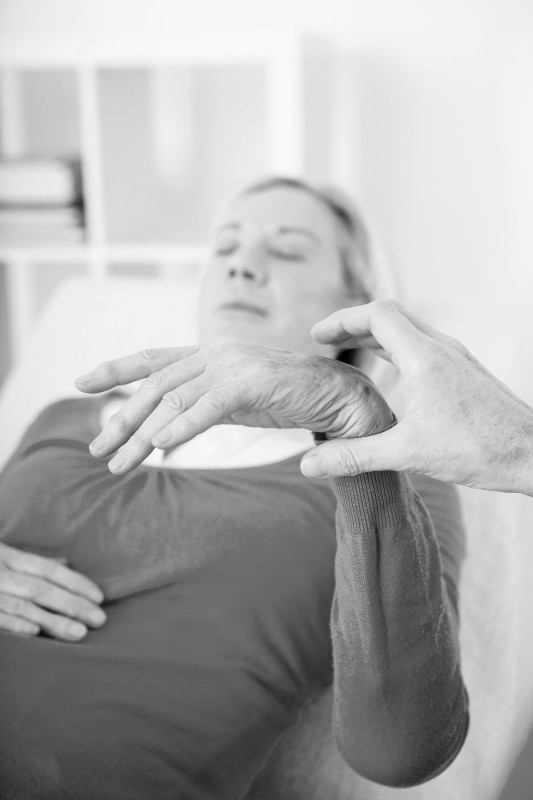
Definition of hypnosis
Contrary to popular opinion, hypnosis is very different from sleep. Although in some cases the appearance of the subject can give the appearance of sleep, it maintains a link with the outside world and an intense brain activity.
The hypnotic state is a normal condition and fit for the Human Being, that power is natural and we can all be hypnotized in order to enjoy the benefits of this therapy.
Everyone can experience the hypnotic trance, for example when driving and that we forget the road, we forget that we operate a vehicle, and yet, the unconscious is the pilot of the vehicle. Or the night when we fall asleep and in the morning when you wake up, this phase between sleep and waking, where there is both partly in the unconscious and also in the conscious.
The advantage of a therapeutic approach conducted with the assistance of hypnosis is precisely his "short" approach. Indeed, the results are fast, with the methods currently in place, we can stop smoking in one session, break free of a phobia in 2 sessions, to improve or lose weight in less than 5 sessions.



